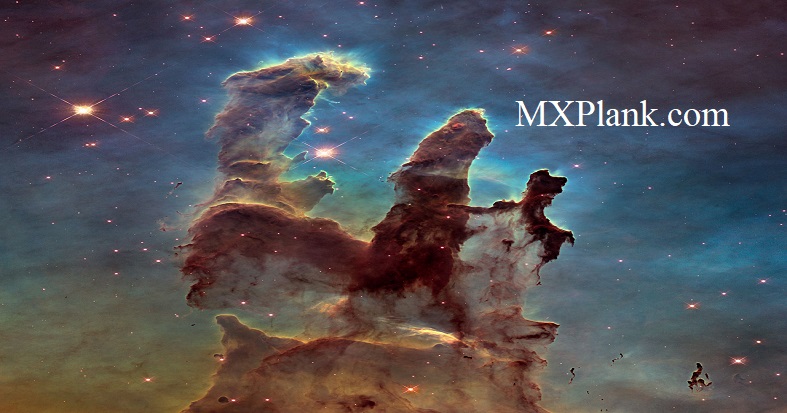
In this new Hubble image two objects are clearly visible, shining brightly. When they were first discovered in 1979, they were thought to be separate objects - however, astronomers soon realised that these twins are a little too identical! They are close together, lie at the same distance from us, and have surprisingly similar properties.

An international team of astronomers used the Hubble Space Telescope to help make a precise measurement of the mass of a planet outside our solar system. The Hubble results show that the planet is 1.89 to 2.4 times as massive as Jupiter, our solar system's largest orbiting body

Where are all of these meteors coming from In terms of direction on the sky, the pointed answer is the constellation of Small Harp (Lyra). That is why the famous meteor shower that peaks every April is known as the Lyrids -- the meteors all appear to came from a radiant toward Lyra.

The NASA/ESA Hubble Space Telescope has revisited one of its most iconic and popular images: the Eagle Nebula's Pillars of Creation. This image shows the pillars as seen in visible light, capturing the multi-coloured glow of gas clouds, wispy tendrils of dark cosmic dust, and the rust-coloured elephants' trunks of the nebula's famous pillars.